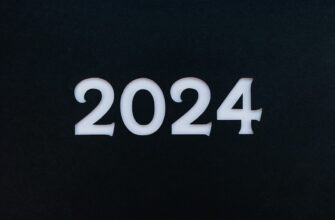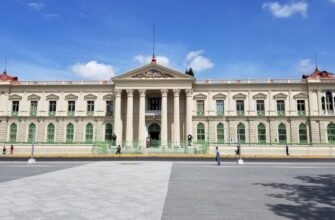What is USDT and Why Trade It in Buenos Aires?
USDT (Tether) is a stablecoin pegged 1:1 to the US dollar, offering crypto traders in Buenos Aires stability amid Argentina’s volatile peso. Trading USDT via bank transfer combines accessibility with security—ideal for Argentines seeking dollar exposure without traditional banking hurdles. With inflation exceeding 200% in 2023, Buenos Aires residents increasingly use USDT to preserve savings, send remittances, and access global markets. Bank transfers provide a familiar on-ramp, avoiding complex crypto exchanges while complying with local regulations.
How to Trade USDT with Bank Transfer in Buenos Aires: Step-by-Step
- Choose a Reputable Platform: Select a P2P exchange or broker supporting ARS bank transfers (e.g., Binance P2P, Lemon Cash). Verify KYC requirements.
- Create and Fund Your Account: Sign up, complete identity verification, and link your Argentine bank account (e.g., Banco Nación, Santander Río).
- Initiate a Buy/Sell Order: For buying USDT: Search sellers accepting bank transfers, specify ARS amount, and confirm. For selling: List your USDT at your desired ARS rate.
- Complete the Bank Transfer: As a buyer, send pesos via online banking using seller-provided details. As a seller, wait for funds to clear.
- Confirm and Release: Buyers mark payment as sent; sellers verify receipt and release USDT from escrow. Transactions typically complete in 1-24 hours.
Top Platforms for Trading USDT with Bank Transfer in Buenos Aires
- Binance P2P: Largest global platform with 100+ Argentine peso (ARS) traders. Offers escrow protection and competitive fees (0% for takers).
- Lemon Cash: Local favorite with ARS/USDT pairs. Features instant bank transfers via CVU and low 0.5% trading fees.
- Belo App: Argentine-built wallet/exchange combo. Supports USDT purchases via bank transfer with 0% fees for first transactions.
- Saldo.com.ar: Specializes in P2P crypto-fiat trades. Allows custom bank transfer deals with user reputation scores.
Benefits of Trading USDT via Bank Transfer in Buenos Aires
- Dollar Hedge: Bypass strict USD purchase limits and protect savings from peso devaluation.
- Lower Fees: Avoid 5-10% premiums on blue dollar exchanges; bank transfers cost ~1-3% vs. cash deals.
- Accessibility: Use local banks like Galicia or BBVA—no international accounts needed.
- Speed: Transfers clear faster than international wires, often within hours.
- Regulatory Compliance: AFIP-tracked transactions reduce legal risks versus informal markets.
Risks and How to Mitigate Them
Trading USDT with bank transfers carries risks like payment fraud or frozen accounts. Protect yourself:
- Scam Prevention: Only trade via escrow services. Never release USDT before confirming ARS deposits.
- Bank Compliance: Document all transactions for AFIP. Avoid large, sudden transfers to prevent account freezes.
- Price Volatility: USDT can deviate from $1 during market stress. Check real-time rates on CoinGecko.
- Platform Security: Enable 2FA and use platforms with Argentine regulatory alignment (e.g., registered with CNV).
Frequently Asked Questions (FAQ)
Q: What is the best platform to trade USDT with bank transfer in Buenos Aires?
A: Binance P2P leads for liquidity and security, while Lemon Cash excels for user-friendly local transfers. Compare fees and user reviews before choosing.
Q: Is it legal to trade USDT in Buenos Aires?
A: Yes, but platforms must comply with CNV regulations. Report earnings to AFIP for tax purposes. Personal P2P trades remain legal under current laws.
Q: How long does a bank transfer take when trading USDT?
A: Typically 1-6 hours for same-bank transfers (e.g., Santander to Santander) and up to 24 hours for interbank transactions. Delays may occur on weekends.
Q: What are the fees involved?
A: Expect 0-1% platform fees + bank charges (often ARS 500-2000 per transfer). Sellers may price USDT 1-3% above market rate to cover costs.
Q: Can I trade large amounts of USDT with bank transfer?
A: Yes, but split transactions to avoid bank flags. Most platforms allow $5,000+ daily, but verify limits with your bank to prevent freezes.








